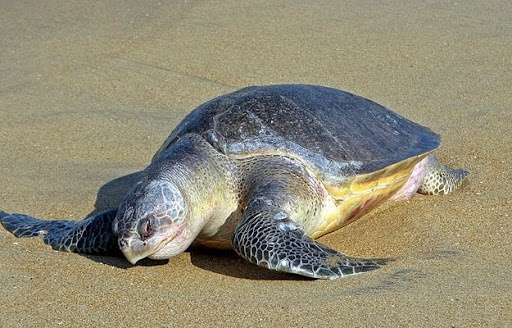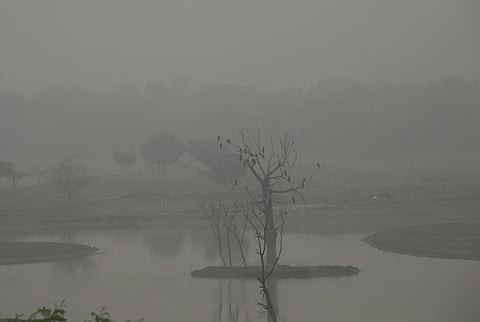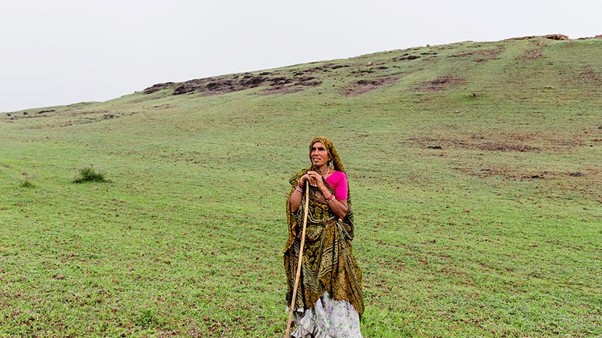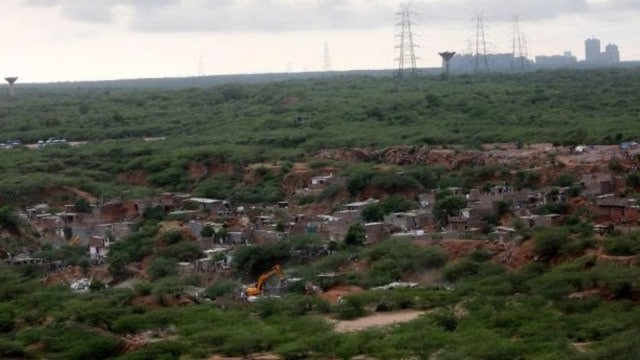Description

Copyright infringement is not intended
Context: Researchers of the Zoological Survey of India (ZSI) are carrying out tagging of Olive Ridley turtles at three mass nesting sites – Gahirmatha, Devi River mouth and Rushikulya.
More about news:
- The exercise was undertaken in Odisha in January 2021 after a span of about 25 years and 1,556 turtles had been tagged.
- The metal tags affixed to turtles are non-corrosive and they do not harm their body. The metal can be removed later.
- The tags are uniquely numbered containing details such as name of organisation, country-code and email address.
- If researchers in other countries come across the tagged turtles, they could email their location in longitude and latitude.
Significance:
- It would reveal the inter-rookery movement of turtles in Odisha.
- The migration pattern to other countries would be recorded in detail.
Olive Ridley
- The Olive Ridley (Lepidochelys olivacea) is listed as vulnerable under the International Union for Conservation of Nature’s Red list.
- All five species of sea turtles found in India are included in Schedule I of the Indian Wildlife Protection Act, 1972, and in the Appendix I of the Convention of International Trade in Endangered Species of Wild Fauna and Flora (CITES), which prohibits trade in turtle products by signatory countries.
Threats to Olive Ridley turtles
- Three main factors that damage Olive Ridley turtles and their eggs —
- heavy predation of eggs by dogs and wild animals
- indiscriminate fishing with trawlers and gill nets, and
- beach soil erosion.
- Dense fishing activity along the coasts of Andhra Pradesh, Odisha and West Bengal, especially ocean-going trawlers, mechanised fishing boats and gill-netters pose a severe threat to turtles.
Nesting habits
- The Olive Ridley has one of the most extraordinary nesting habits in the natural world, including mass nesting called arribadas.
- The 480-km-long Odisha coast has three arribada beaches at Gahirmatha, the mouth of the Devi river, and in Rushikulya, where about 1 lakh nests are found annually.
- More recently, a new mass nesting site has been discovered in the Andaman and Nicobar Islands, with more than 5,000 nests reported in a season.
https://www.thehindu.com/sci-tech/energy-and-environment/olive-ridley-turtle-trail-to-get-a-boost-with-mass-tagging-mission/article38018428.ece











